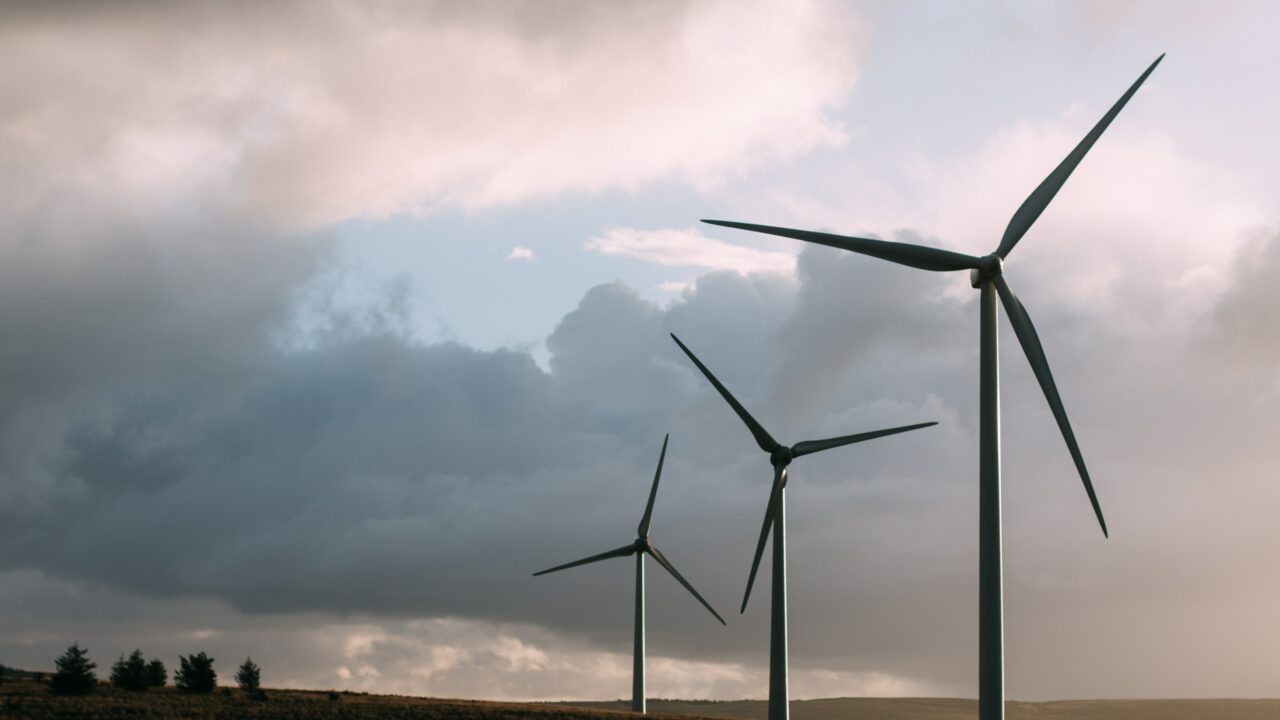The amount of electricity production from wind energy surpassed electricity produced from natural gas for the first time during the first quarter (Q1 – January, February and March) of 2020.
Figures from the Sustainable Energy Authority of Ireland (SEAI), released today, Tuesday, April 28, show that during Q1 of this year, wind energy provided 3,390 gigawatt-hours (GWh) of electricity (43.8% of demand), compared to 3,234GWh for natural gas (41.8% of demand).
According to the SEAI’s figures, 3,390GWh of electricity is equal to the demand of 737,000 Irish homes.
“Today’s figures show that it is only a matter of time before wind energy is Ireland’s number one source of electricity,” claimed Dr. David Connolly, CEO of the Irish Wind Energy Association (IWEA).
Last year was a record-breaking year for the industry as we provided a third of the country’s electricity demand. The first three months of 2020 show that we are well on track to beat that record.
Dr. Connolly called on the Government to reform the planning system for wind energy infrastructure development.
“It is essential, if we are to build on this success, that the next government prioritises reforming our planning system so we can develop wind energy off our coasts and ensures that the new wind energy guidelines enable us to build the next generation of onshore wind farms,” he argued.
Dr. Connolly continued: “It is the next government that must ensure we have the right policies and the right strategies to enable industry to reach the target set out in the Climate Action Plan to provide 70% of Ireland’s electricity from renewable energy by 2030.”
Green Party government talks
In other environment-related news, Eamon Ryan, the leader of the Green Party, has written to the leaders of Fine Gael and Fianna Fáil seeking clarity on 17 ‘red-line’ issues that the party says it must see commitments on before agreeing to enter into government formation talks.
The first pre-condition outlined in the letter asks if the main party leaders will commit to an average annual reduction in GHG emissions of at least 7% – a move that the party says will require “enormous changes” in the country’s approach to capital expenditure on transport, energy systems and its agricultural practices.
While the Green Party claims that average greenhouse gas (GHG) emissions can be reduced by 7% per year (at a minimum), this ambition jars significantly with the country’s 10-year Climate Action Plan, which calls for a 3.5% annual emission reduction.
